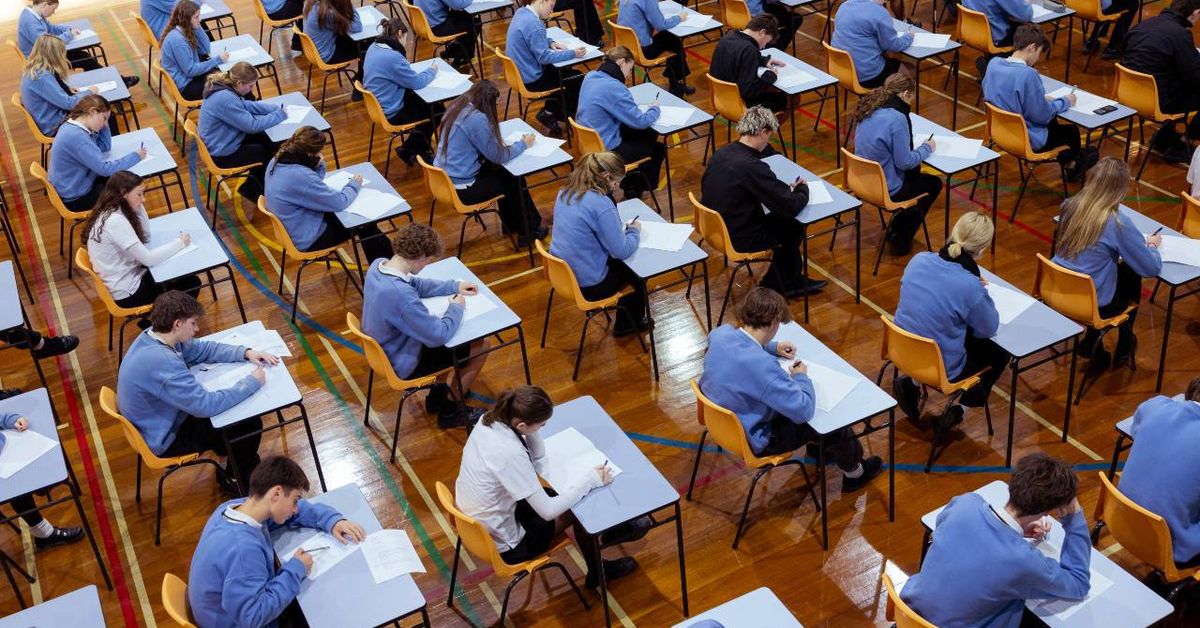Students are being done a disservice by being made to take exams in cavernous halls and gymnasiums, according to new research.
University of South Australia’s Dr Isabella Bower and Deakin University’s Associate Professor Jaclyn Broadbent analysed data from 15,400 undergraduate students between 2011 and 2019 across three campuses at an Australian university, comparing students’ results with ceiling heights of the room in which they sat the examination.
They found that students had lower scores than expected when sitting exams in rooms with an elevated ceiling.
The researchers factored in the students’ age, sex, time of year when sitting the examination, and whether they had prior exam experience in the courses investigated.
But it was difficult to identify the impact of the scale of the room itself, as opposed to factors such as student density or poor insulation, which lead to fluctuating temperatures and air quality – all factors that can affect the brain and body, Bower said.
“These spaces are often designed for purposes other than examinations, such as gymnasiums, exhibitions, events and performances,” she said.
“The key point is that large rooms with high ceilings seem to disadvantage students and we need to understand what brain mechanisms are at play, and whether this affects all students to the same degree.”
The results support experiments Bower has done using virtual reality (VR), measuring brain activity of participants in different rooms while controlling for other factors such as temperature, lighting and noise.
The experiments used a technique called electroencephalography (EEG), where electrodes are attached to the scalp to measure brain cell communication.
The team recorded the brain’s response as well as heart rate, breathing and perspiration, while altering room sizes.
In these VR experiments, researchers found that simply sitting in a bigger room resulted in brain activity associated with concentrating on a difficult task.
This has implications for student performance at universities and schools,” Broadbent, an educational psychology researcher, said.
“Examinations have been a key part of our education system for over 1300 years, shaping students’ career paths and lives,” Broadbent said.
“In Australia, many universities and schools use large indoor spaces for exams to streamline logistics and costs.
“It’s crucial to recognise the potential impact of the physical environment on student performance and make necessary adjustments to ensure all students have an equal opportunity to succeed.”
The study was published in the Journal of Environmental Psychology.


